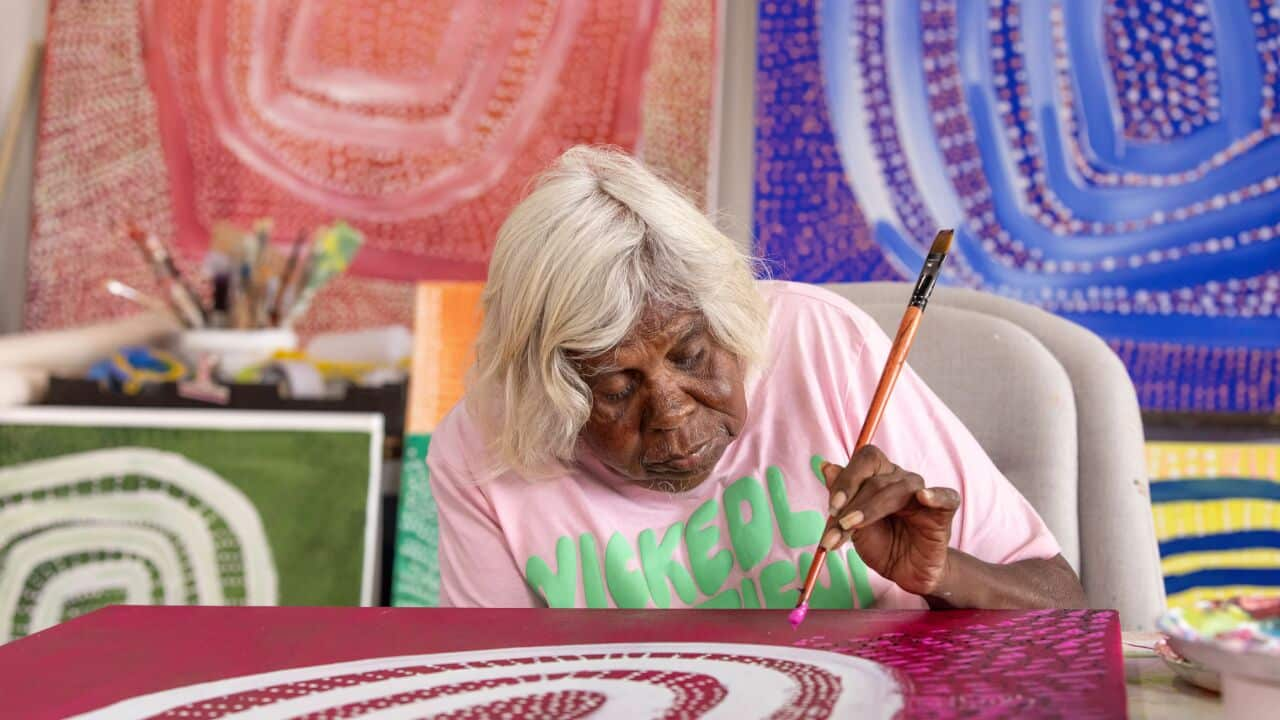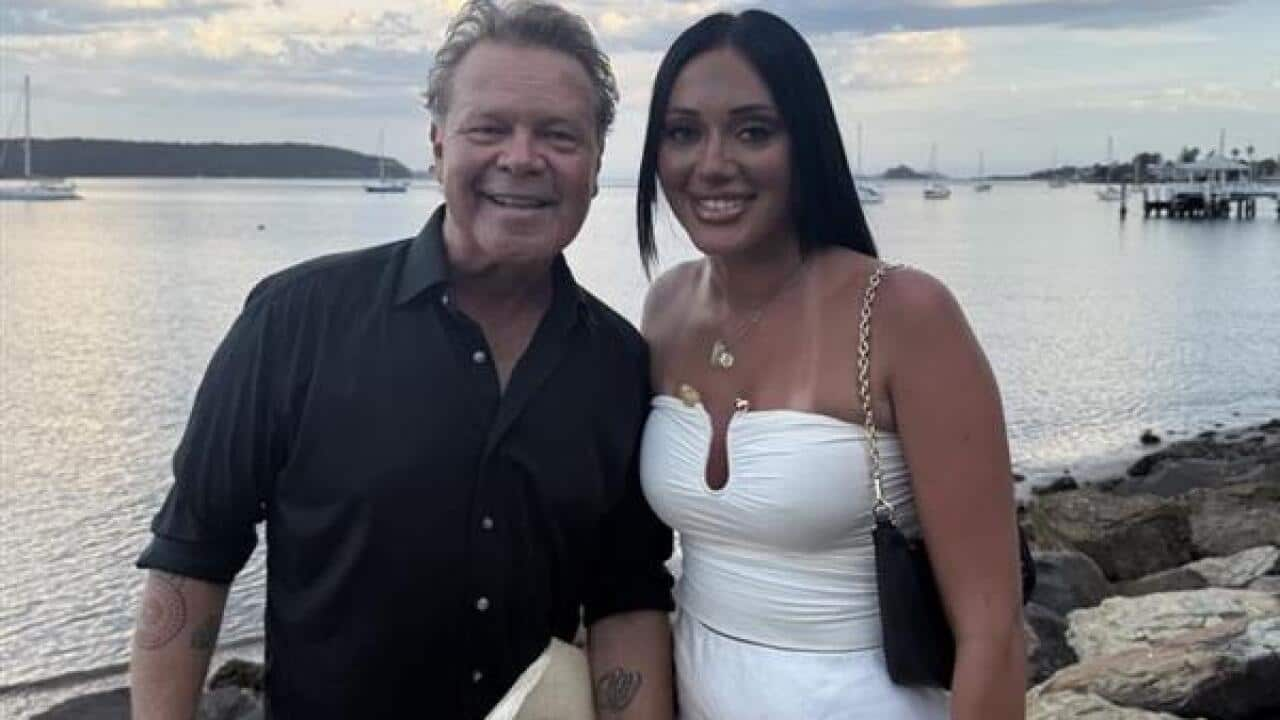When Kate Constantine first ventured into the archives beneath the British Museum she said she felt ‘bamboozled’ by the size of the collection.
What she saw before her were stacks of filing cabinets, holding thousands of sacred and culturally significant items taken from Australia since colonisation.
“You actually have to go under the ground, you can’t see daylight, there’s no orientation of where you are, there’s just filing cabinets of stuff,” Constantine told NITV.
“It feels like we’ve been partitioned into stuff, like files.”
After 5 years of trying to get in contact with the museum, it was a chance meeting with the British Museum’s Head of Oceania that allowed Constantine unprecedented access to the collections.

Constantine studying Gadigal items in the British Museum in London. Source: Supplied by Danyal Syed
Constantine, a Gadigal woman and artist, said some of thousands of culturally significant items tucked away in dark drawers, had not been seen by a living Gadigal person.
Now with a strong ongoing relationship with the museum, she is driven by the desire to connect her people today with the practices of their ancestors.
Beyond the prospect of returning her ancestor’s treasures home, given the British Museum’s notoriously rigid rules around returning items, Constantine thought about how else she could reconnect to Gadigal practices of the past.
“What if I could re-teach my own hands how to rebuild these beautiful treasures and then once I’ve done that I could then pass all my skills back to my kin,” she said.
It was an ambitious idea, but Constantine was confident that community would pull together.
“Somebody will step up as the master weaver, somebody will step up as the basket maker, somebody will step up as reed necklace maker, somebody will step up as the fish hook maker,” said Constantine.
Constantine said after her second visit studying the items she proposed the idea of recreating the items to her mob and they were completely on board.
Three generations of Gadigal people then flew back to the United Kingdom.

“Working with multiple different communities to help provide that education and mentorship of, not just me, but then from me to my people to my kin so that we can not just keep it alive but get it back,” Constantine said.
“Without using man-made machinery, using my hands, trying as much as possible to co-opt other knowledge from other mobs to say ‘how did you burn your possum cloaks, could you explain how that works’ because down the eastern seaboard that’s a pretty common thing."

Source: Supplied by Danyal Syed
“Whilst it has to be a project spearheaded by an artist with intention, it feels like it’s a project that’s had so many people's hands and touch, in the best way… in a really beautiful way to actually help,” said Constantine.
Last month, the British Museum released the first of a series of videos showing some of the Gadigal items housed in their collection, which will be recreated by Constantine for her show later this year.

Source: Supplied by Danyal Syed
As a partner on the Gadigal: Yilabara Wala project, the Sidney Nolan Trust will present the project through a major exhibition at the Trust’s residence, The Rodd in Herefordshire, UK in mid-2025.




